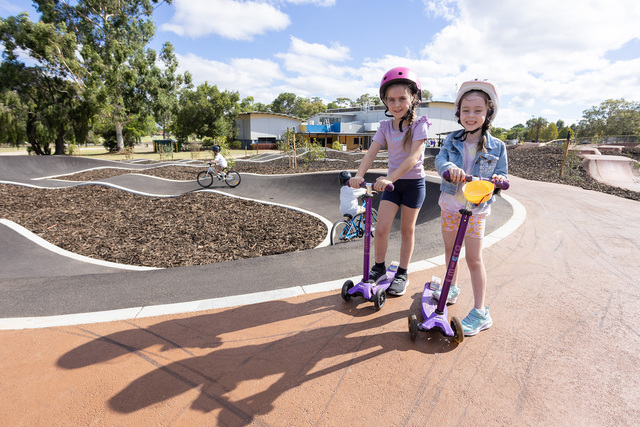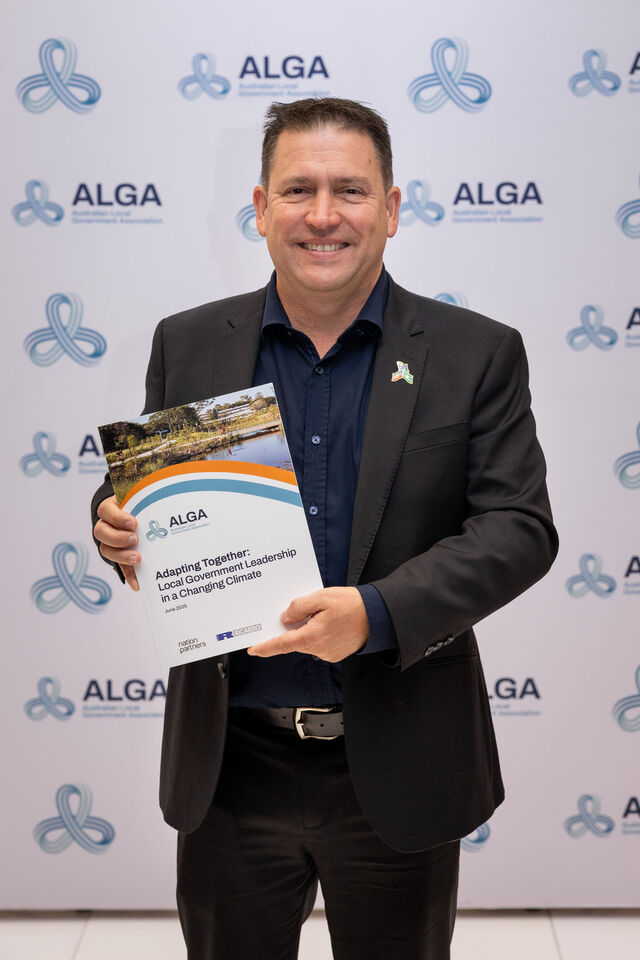Meander Valley Council is the first council in Tasmania to undertake a comprehensive audit of its reserve areas, with particular reference to known swimming areas.
Council has a number of recreational areas that are adjacent to rivers. These areas are often serviced by facilities such as toilets, playgrounds and barbecues, which are there to attract the public. Even though swimming at these areas is not necessarily encouraged, it does happen.
The aim of the Waterways Audit and Signage project was to identify the risks associated with swimming at all venues across the municipality.
Council’s Governance and Community Services Manager, David Pyke, said Council carried out the audit in 2006 after a fatality at a similar area in a neighbouring municipality.
He said Council took a strategic approach and sought expert knowledge on how best to implement the audit, commissioning the Royal Life Saving Society Australia (RLSSA) to conduct a risk management study and safety signage plan.
“The RLSSA is used extensively by Council’s Public Liability/Professional Liability insurer, CMP, especially on the mainland for audits of beaches and swimming pools,” David Pyke said. “Tasmanian Councils have also used the RLSSA to conduct audits of their swimming pools as part of the annual Risk Management Audit process.”
David Pyke said the assessment process involved RLSSA representatives visiting each reserve in the Meander Valley region with a Council officer. They undertook a detailed interview about the history of each area, photographed current signage and identified risks in each area that needed to be addressed in the audit report.
David Pyke said the RLSSA provided a detailed report on each reserve inspected outlining the risks identified, a risk assessment on each risk, any current risk treatment and their recommended risk action. A Safety Signage Plan for each reserve was also included.
“The results revealed significant issues with the lack of suitable signage at most of the reserve areas inspected,” David Pyke said. “Most areas had similar risks, especially in regard to signage, however, there were also risks identified at each area that were specific to that reserve. These included submerged objects, strong currents and entry and exit points.”
The recommended safety signage has now been erected at all of the reserve areas included in the study and an official inspection process takes place twice a year to ensure that signs are not defaced, damaged or removed.
“The importance of this project cannot be underestimated, as it has made our high use recreation areas much safer for locals and visitors alike,” David Pyke said.
“Council’s outside reserve workforce, who regularly maintain these areas, have also found the audit to be beneficial, as it highlighted a number of other general risk issues that required attention, which previously they would not necessarily have been aware of.
“As part of their daily activities, they are now more vigilant and informed about the type of risks to look out for. They are then able to report these risks at an early stage using Council’s Customer Service Request (CSR) system.”
The RLSSA is now using the audit as a pilot project that could be adapted for future use by other Tasmanian Councils.
For further information contact David Pyke on (03) 6393 5316.







